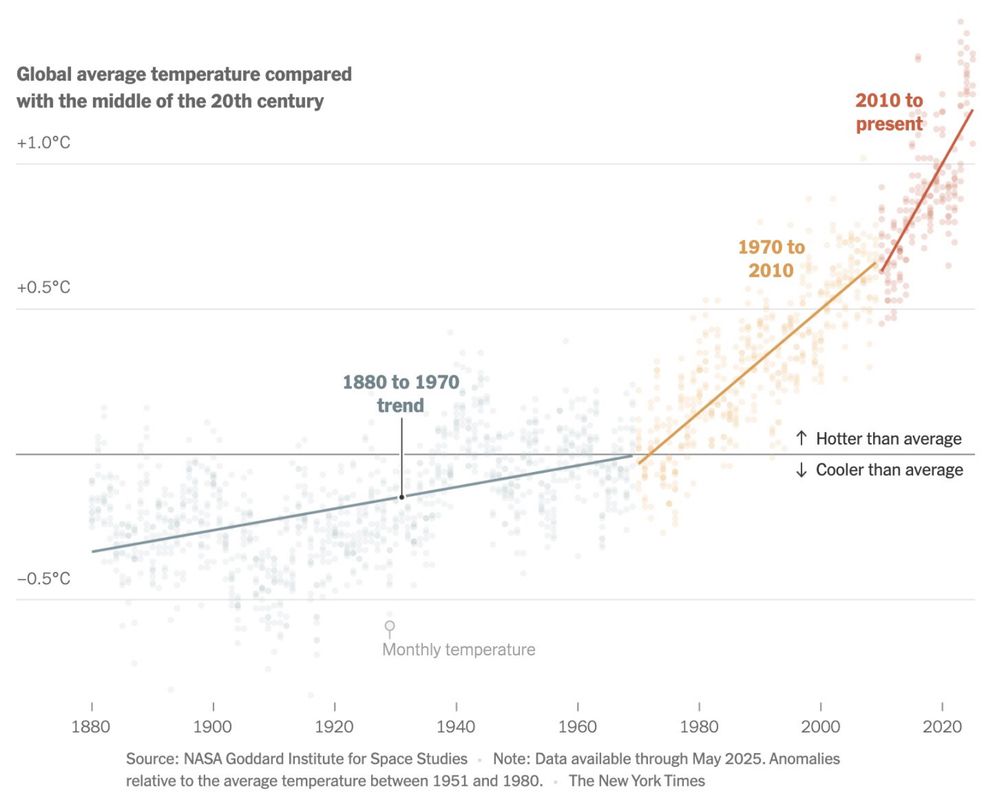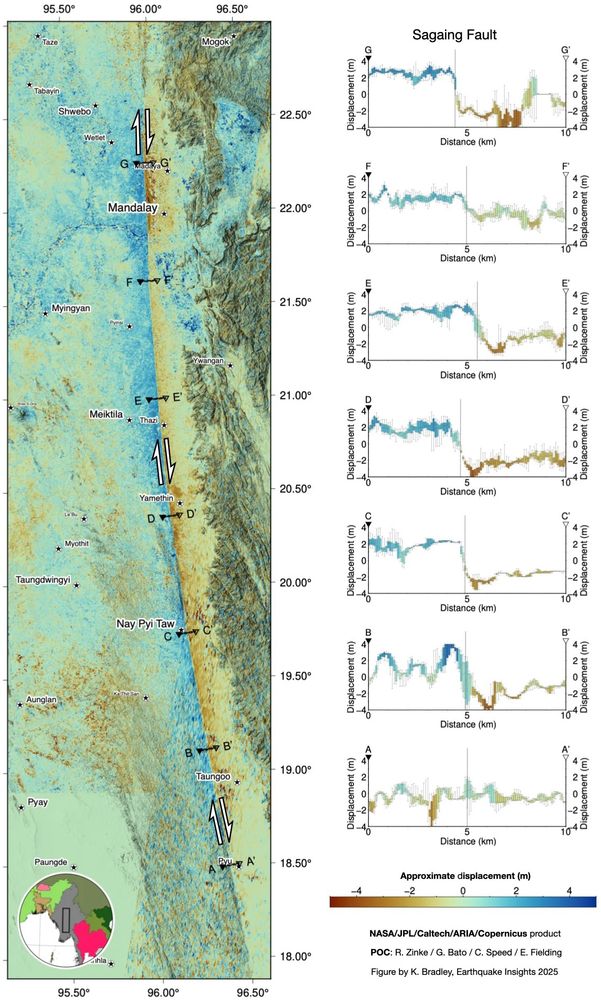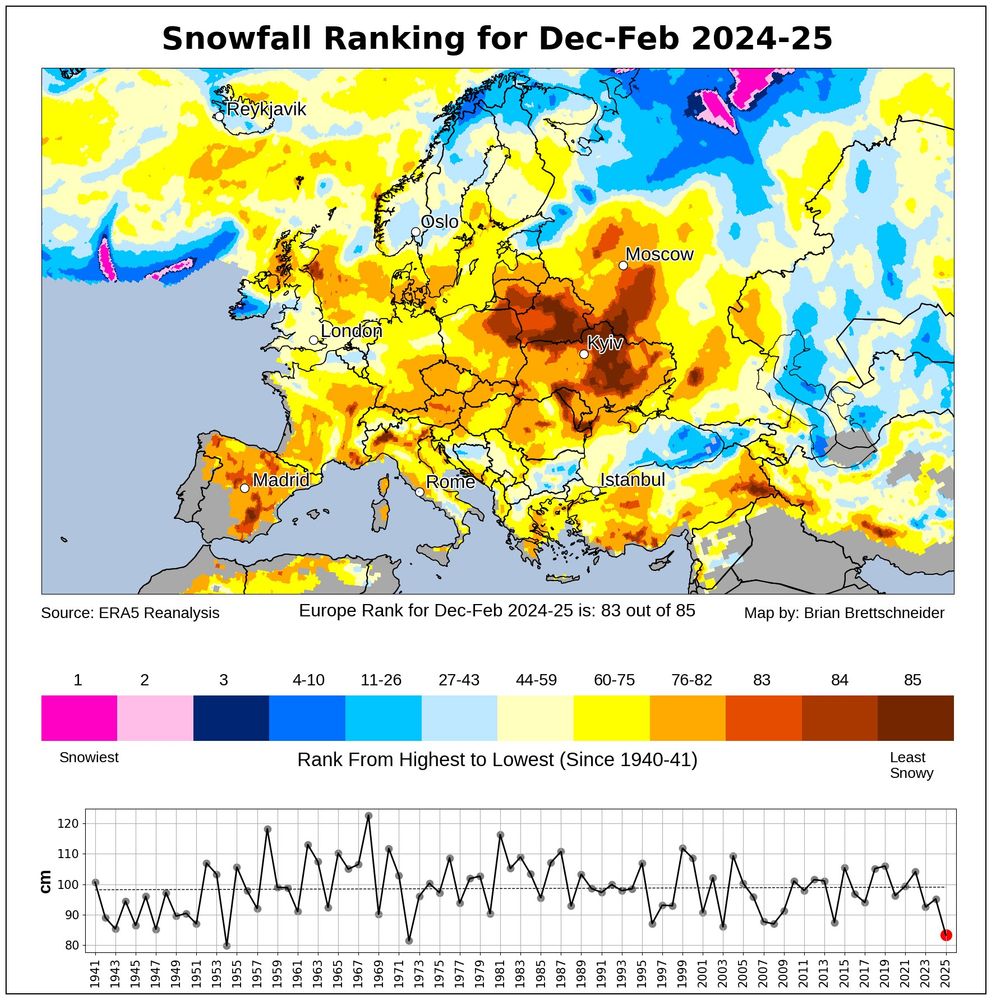
Polar scientist studying ice dynamics using satellite data. I create and share animations of icy activity from satellite images
Reposted by Du Toit, Adrian Luckman

Check out more graphics here: zacklabe.com/arctic-sea-i...
Reposted by Adrian Luckman
Reposted by Adrian Luckman
@adrianluckman.bsky.social @etienneberthier.bsky.social @drnaomio.bsky.social
www.nature.com/articles/s41...
Reposted by Adrian Luckman
Reposted by Adrian Luckman
We also compiled a new database of Svalbard's surge-type glaciers: zenodo.org/records/1524...
@dannipearce.bsky.social @hazlovell.bsky.social @adrianluckman.bsky.social
Reposted by Fabrice Ardhuin, Adrian Luckman
Reposted by Adrian Luckman

Reposted by Adrian Luckman

Reposted by Adrian Luckman

Reposted by Adrian Luckman

👉Develop and deploy open-source sensors to measure #biophysical properties to predict #coastal #wetland #restoration success @ Swansea Uni + 3-month placement with Welsh Gov. Plz share! 🙏
www.swansea.ac.uk/postgraduate...
Reposted by Adrian Luckman
Reposted by Adrian Luckman

Reposted by Adrian Luckman

Reposted by Adrian Luckman

Reposted by Adrian Luckman



Reposted by Adrian Luckman

Reposted by Adrian Luckman

Reposted by Adrian Luckman


